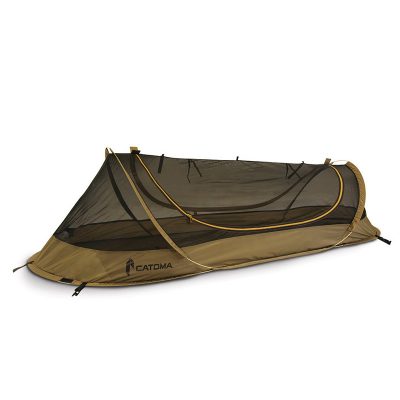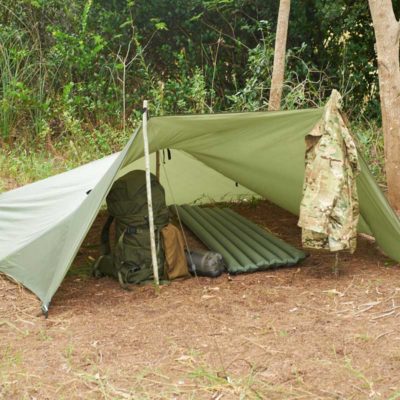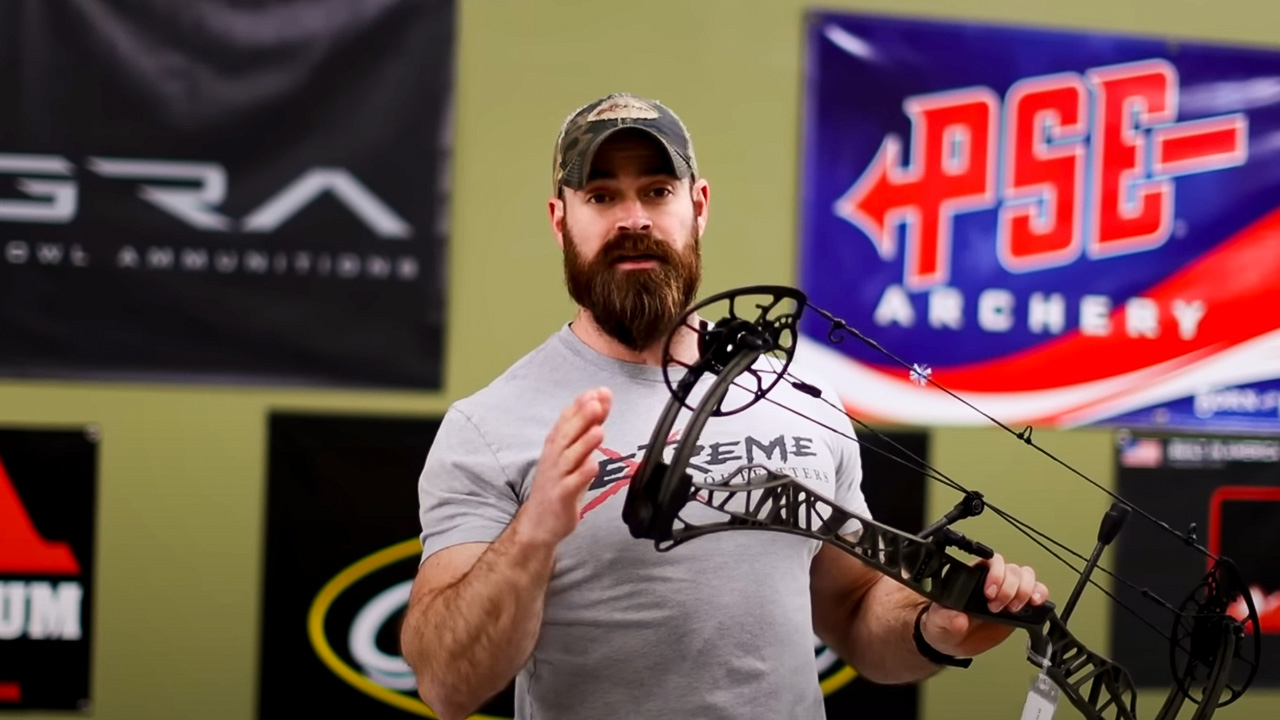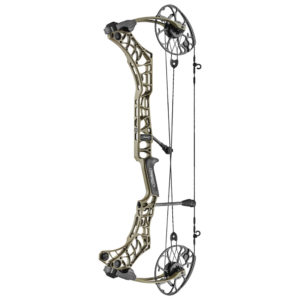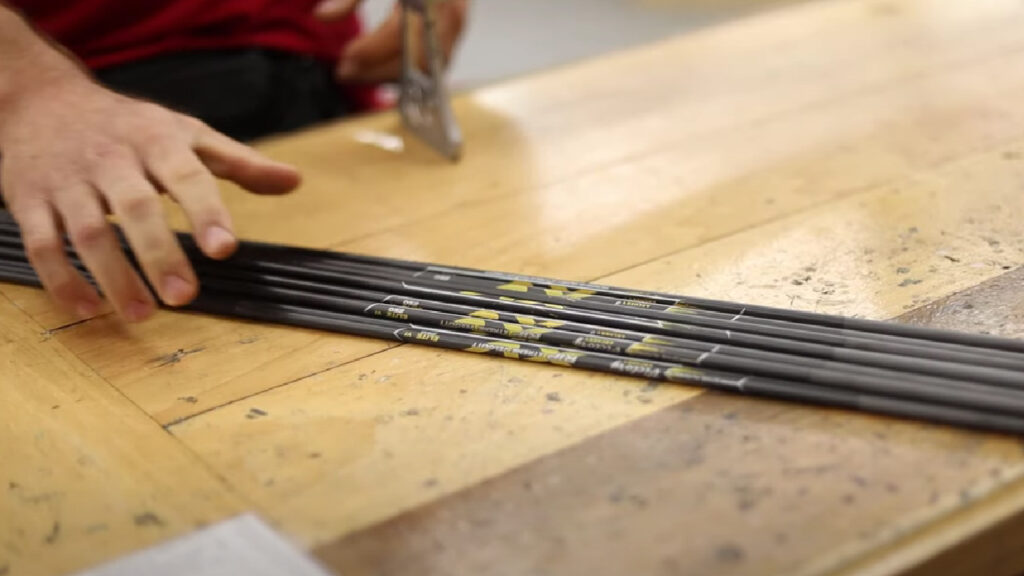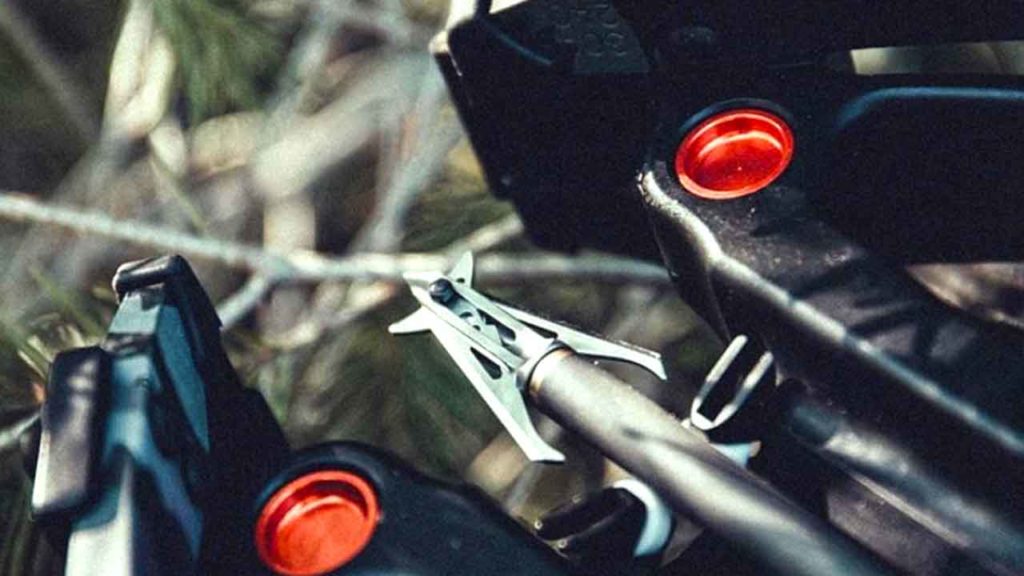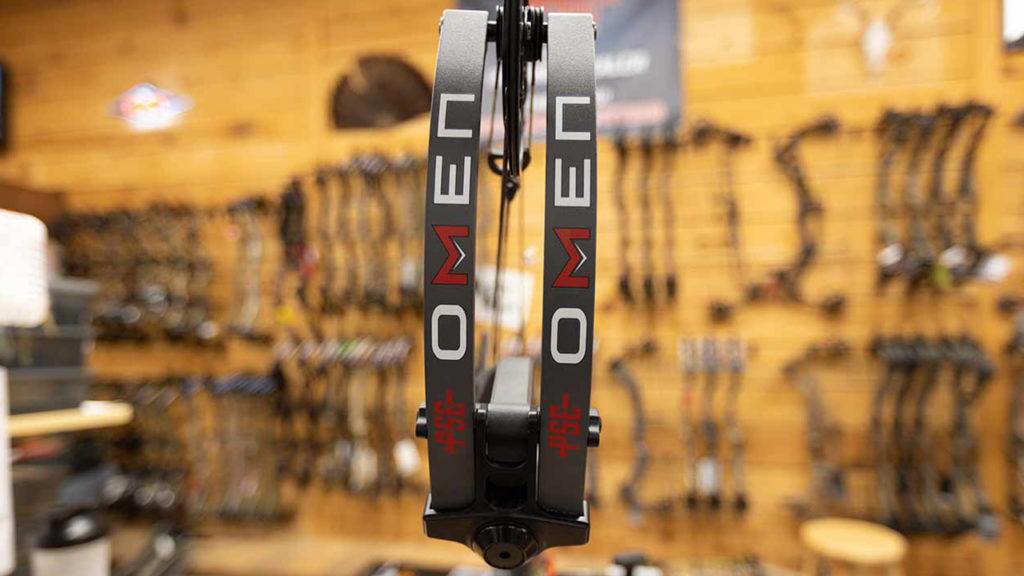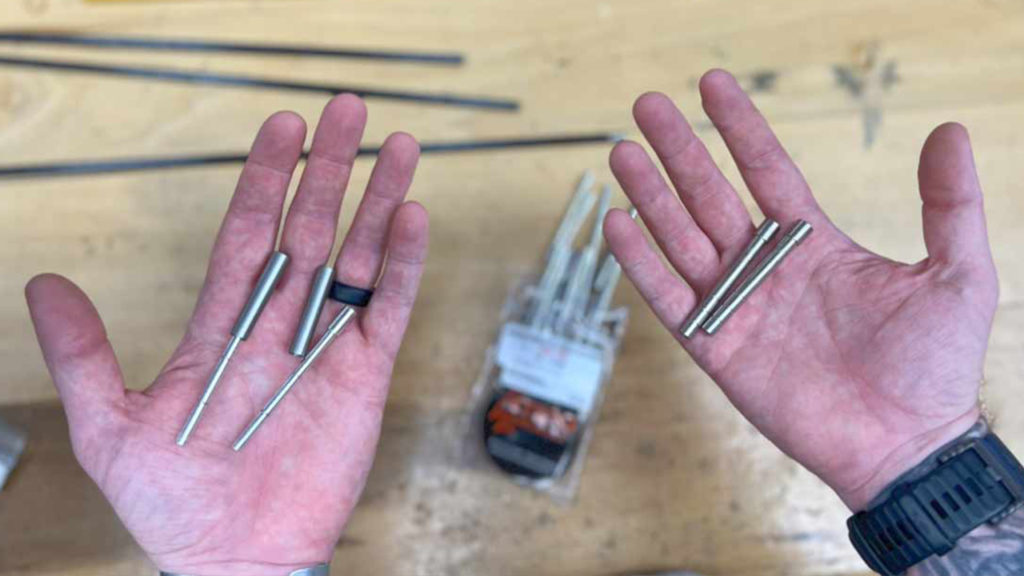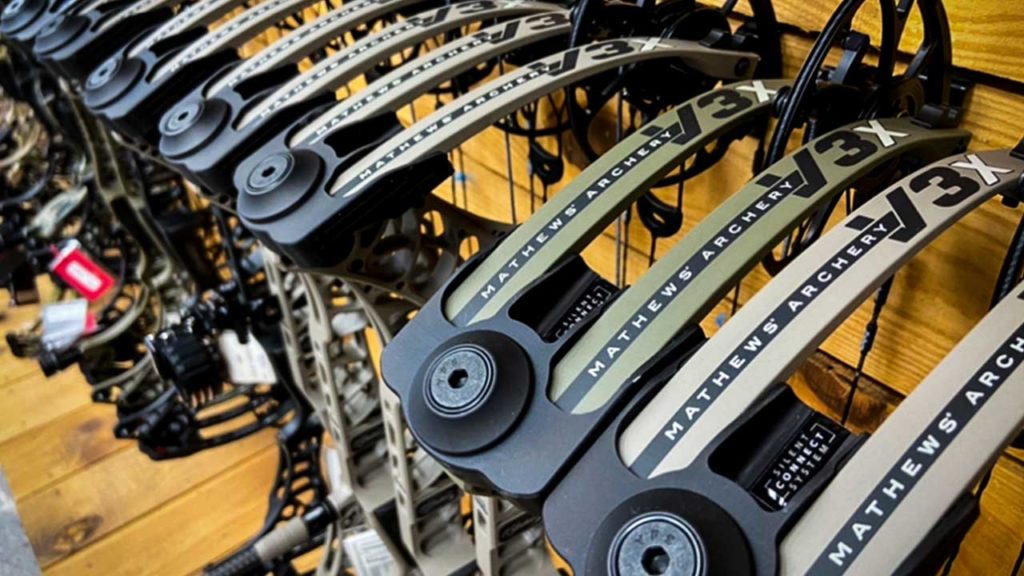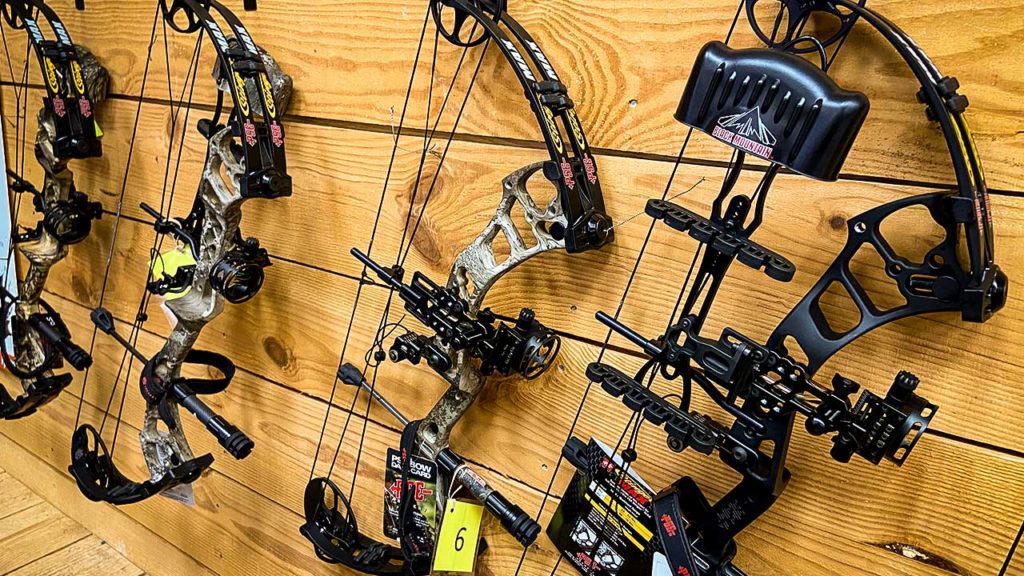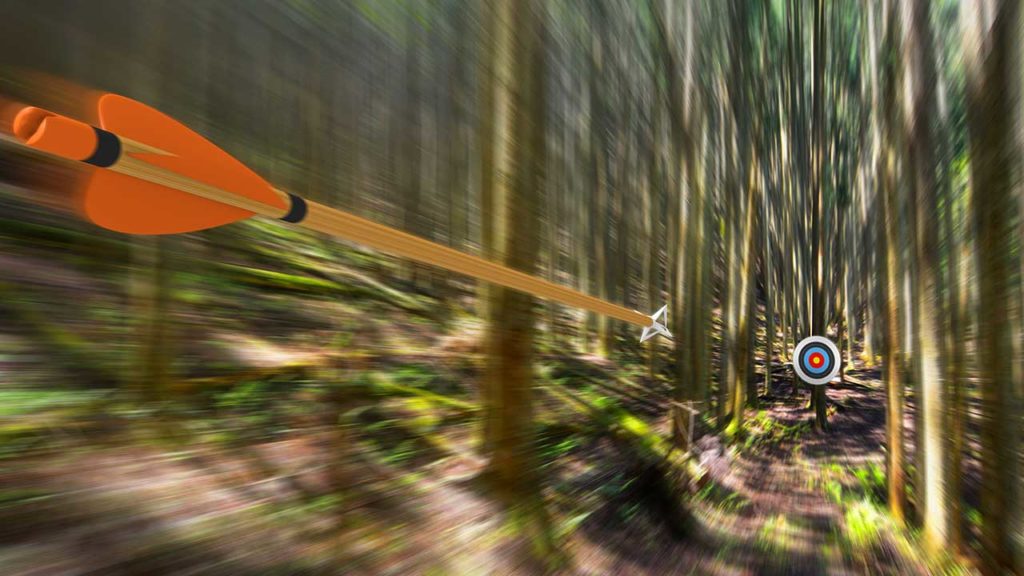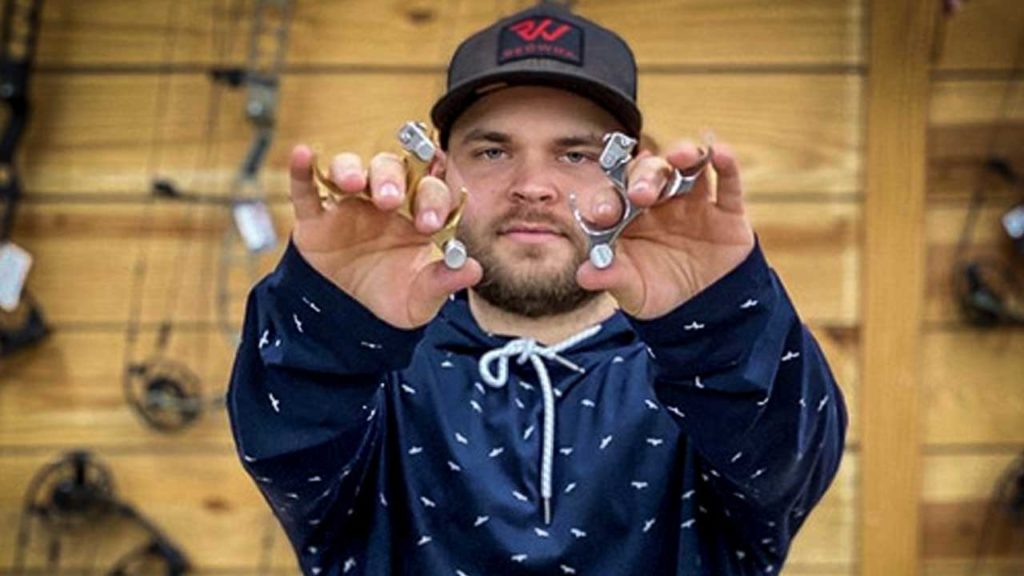Drawing a heavier bow, say at 70lb versus 80lb, isn't just about showing off muscle
When pondering the elements that impact our prowess in archery hunting, bow draw weight stands out as a pivotal factor in the quest for the perfect shot. There, I said it with opulence and elegance. Anyway, I’ve learned that understanding bow draw weight — which is essentially the force needed to draw back a bow — is crucial for anyone looking to master their technique with Mathews bows, or any brand of bows for that matter. Drawing a heavier bow, say at 70lb versus 80lb, isn’t just about showing off muscle; it’s about finding that sweet spot where control, consistency, and accuracy meet, ensuring that every release of an arrow is a potential testament to your skill.
Choosing the right draw weight bow can indeed be a balancing act; it’s a blend of personal strength, legal requirements, and ultimately, the kind of game you’re aiming at. I’ve chatted with fellow bow enthusiasts who thrive at different ends of the draw weight scale, and it seems there’s a lot more to consider than just the numbers. So, whether you’re just starting out or tweaking your compound bow draw weight for that next big hunt, we need to delve into what makes 70lb draw weight different from 80lb, and how it impacts everything from arrow speed to hunting efficiency.
Let’s pull back the curtain and take a closer look at what lies beneath the surface of these numbers and how they shape our archery experiences.
The Basics: What does "Bow Draw Weight" Mean?
A bow’s draw weight, also known as poundage, is a measurement used to determine how much force is required to draw a bow. The draw weight is measured in pounds, so a bow with a 70-pound draw weight takes 70 pounds of force to completely draw back. The marked draw weight on a bow is the maximum amount that the bow is capable of reaching. The draw weight of a bow is measured at a standard draw length (commonly 28 inches).
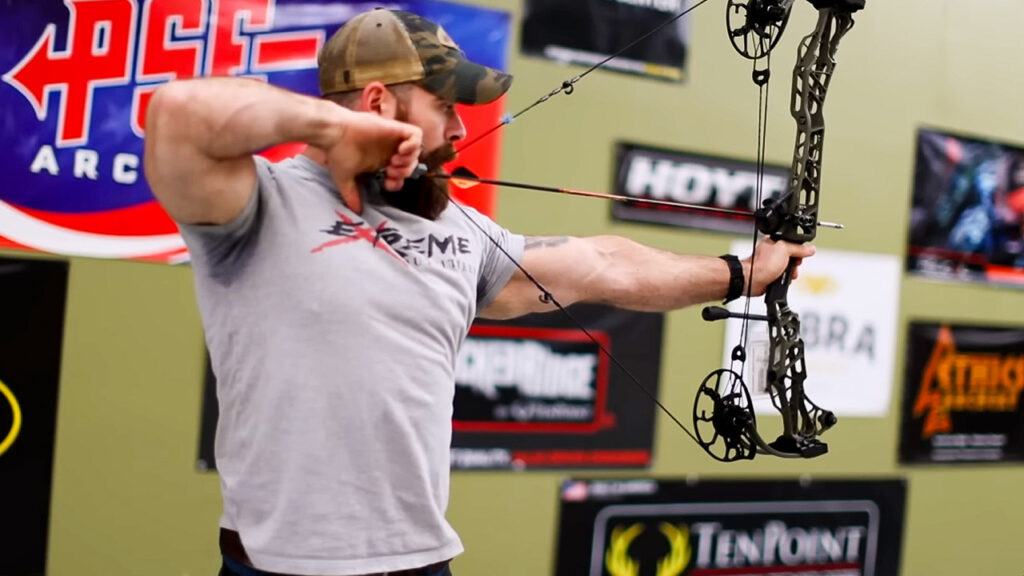
Comparing 70lb and 80lb Draw Weights
When we’re talking about the Mathews bow draw weight range, stepping up from 70lb to 80lb might seem incremental, but it has significant implications in terms of energy transfer and penetration. I’ve explored both ends of this spectrum during various archery hunting expeditions, and here’s what I’ve found:
Kinetic Energy Increase
An 80lb draw weight bow typically translates into more kinetic energy than a 70lb draw weight. This energy is crucial when hunting, as it facilitates deeper arrow penetration, which is essential for ethical kills, especially for larger or tougher game.
With increased bow pull weight, I’ve noticed a tangible difference in impact. The arrows fly not only faster but also hit harder, which in dense woodland or where you have limited visibility, can be a defining factor between a miss and a trophy.
Mathews Bows’ Offerings
Both the 70lb and 80lb draw weights are available across various models of Mathews bows, giving archers options tailored to their physical capabilities and hunting needs. I gravitate towards a bow draw weight that challenges me but is still comfortable enough for repeated use, ensuring I don’t overexert myself, which could lead to mistakes. As you saw in my video, I prefer the 70lb.
Systematically analyzing these weight classes has given me a nuanced perspective on how these draw weights perform in real-world archery scenarios. An important aspect to remember is the required draw strength and the physical exertion involved; while I may be comfortable drawing an 80lb bow for a single shot, doing so repeatedly can be taxing over a day’s hunt.
Keep in mind, no matter which compound bow draw weight you choose, practice is paramount. Familiarity with your draw weight and consistent form has a profound impact on accuracy and confidence, whether you’re aiming at a stationary target on the range or tracking a deer through the underbrush.
-
Mathews Lift 29.5 Compound Bow
Rated 0 out of 5$1,229.00 -
Mathews Lift 29.5 Custom Upgrade Compound Bow
Rated 0 out of 5$1,279.00 -
Mathews Title 38 Target Bow
Rated 0 out of 5$1,999.00 -
2023 Mathews Image Compound Hunting Bow - Custom Color
Rated 0 out of 5$1,249.00
Which Draw Weight is Better?
In my opinion, there’s no one-size-fits-all answer. Your personal draw weight sweet spot will depend on a range of factors, from your body strength to your hunting style. And remember, the right bow pull weight is the one that aligns with your abilities and goals while ensuring ethical hunting practices. Let’s consider those other factors next.
Factors to Consider When Choosing Draw Weight
In archery hunting, the term ‘bow draw weight‘ floats around often within our circle of bow enthusiasts. It’s pivotal to understand that bow draw weight, measuring in pounds, isn’t a one-size-fits-all scenario – it’s a personalized choice that underscores the force necessary to pull your bowstring to its fullest. As we ponder the right choice between draw weights, various factors beckon our attention:
Personal Strength & Experience Level:
Newcomers to the sport are generally best served with a draw weight bow between 20-40 pounds. Tackling archery with a manageable weight fosters proper form, avoiding discouraging overexertion.
As I’ve progressed, I’ve found the natural transition from novice weights to a more robust draw weight of 40-50 pounds to be an invigorating challenge without overstepping into muscle fatigue.
Comfort and Control:
The sage advice I’ve heard from mentors rings true – aim for a draw weight that’s no more than 50-60% of your max strength. This strategy allows you to refine your technique without the onset of strain.
Remember, we’re aiming to enhance our archery hunting skills, so being comfortable with our bow pull weight is not indulgence, but imperative. We want to relish each draw and release, not wince from it.
Required Draw Length & Weight Adjustments:
Each recurve or compound bow draw weight is adjusted to a 28-inch draw length. Yet, our individual draw lengths can tweak the actual weight; for each inch over or under this standard, expect a 2.5-pound adjustment.
Identifying your draw length is straightforward. With arms outspread, have a buddy measure from fingertip to fingertip, then divide by 2.5 for your golden number.
As an experienced archer, I’ve seen many novices struggle simply because they were ‘overbowed’. An excessively heavy bow pull weight spawns bad form and even injury. But it’s also crucial to note that for hunting with a recurve bow, the minimum recommended draw weight is typically 40 pounds. It strikes a balance, sufficient for ethical hunting while still manageable.
With most modern bows offering up to 10 pounds of draw weight adjustability, I’ve always encouraged new shooters in our community to err on the side of lighter weights. We can progressively ramp up the draw weight as our muscles and form develop – a testament to our dedication as skillful segments in the tapestry of archery hunting.
Video Review
Final thoughts to consider.
Understanding the nuances of bow draw weights, particularly comparing 70lb to 80lb Mathews bows, reveals a critical aspect of archery hunting: the balance between power and control. We have discussed how a heavier draw weight may offer increased kinetic energy for deeper penetration, yet emphasized the importance of choosing a weight that aligns with personal strength and comfort for sustained accuracy and ethical hunting practices. This exploration underscores that the optimal draw weight is a deeply personal choice, directly tied to an archer’s experience, physical ability, and hunting objectives.
The implications of our findings extend beyond the bowstring. They suggest a path of continued practice and gradual progression for those striving to refine their archery skills. Whether seeking the thrill of the hunt or the precision of target archery, remember to prioritize consistent technique and never lose sight of the importance of practicing with a bow weight that challenges yet does not overpower. The true mark of a skilled archer lies in the seamless harmony between archer, bow, and the wild canvas of nature.
Also, you can always contact us at Extreme Outfitters for advice. We are proud members of the local archery community where you can learn how to master this awesome sport.
Learn and understand the lingo:
Understanding draw weight is essential when you’re eyeing that perfect Mathews bow, whether you’re seasoned in archery hunting or just starting:
- Bow Draw Weight Basics:
It’s measured in pounds and represents how much force it takes to draw back the string. This not only dictates the speed and energy of your arrow but also impacts accuracy, safety, and comfort.
- Adjustability and Personalization:
Compound bows, including those from Mathews, allow for draw weight adjustments, a handy feature when you want to fine-tune your bow. By tightening or loosening limb bolts, or swapping out limbs, you can alter the draw weight to suit your needs.
Your ideal bow pull weight intertwines with your physicality and the kind of shooting you do. Kids, teenagers, and adults—all have different ranges that work best for them.
- Regulations and Progression:
We’ve got legalities to consider too. Some states specify minimum draw weights for hunting—often around 40 lbs for deer, for instance. Make sure to check your local wildlife regulations to stay compliant.
If you’re just getting the hang of it, begin with a lower draw weight. It’s a marathon, not a sprint; you’ll want to step it up gradually to build strength without sacrificing form.
Now, facing a variety of archery challenges head-on:
- Draw Weight and Arrow Velocity:
Cranking up the draw weight will zip those arrows faster, but it’s a balance. Too high, and you might lose the smooth control that keeps your shots on point.
- Draw Length Considerations:
Keep in mind, draw length affects draw weight. It’s like dance partners—they move in tandem. As your draw length goes up, draw weight often goes down, modifying how your bow responds.
- Archery Hunting vs. Competition:
Fields of archery have their norms: for competition recurve bows, think 48-50 lbs. Hunters might go heftier for that deep impact. And don’t let appearances fool you; I’ve seen young archers like Mete Gazoz handle high poundage effortlessly due to technique and training, despite a leaner physique.
To cap it off, here’s a friendly nudge for the beginners—adjusting your draw weight bow is a part of the growing pains. Second-hand bows might need a bit more tweaking—peep sight, draw length, and of course, draw weight—to truly make it yours. Remember, upping the weight is generally more straightforward than dialing it back.
Get that Allen wrench ready and give those limb bolts a cautious twist; each turn customizes your experience and enhances your archery journey. And always reach out to an archery pro or a seasoned bow technician at Extreme Outfitters if you’re unsure—there’s no substitute for seasoned advice in the archery world. Happy bowhunting!



